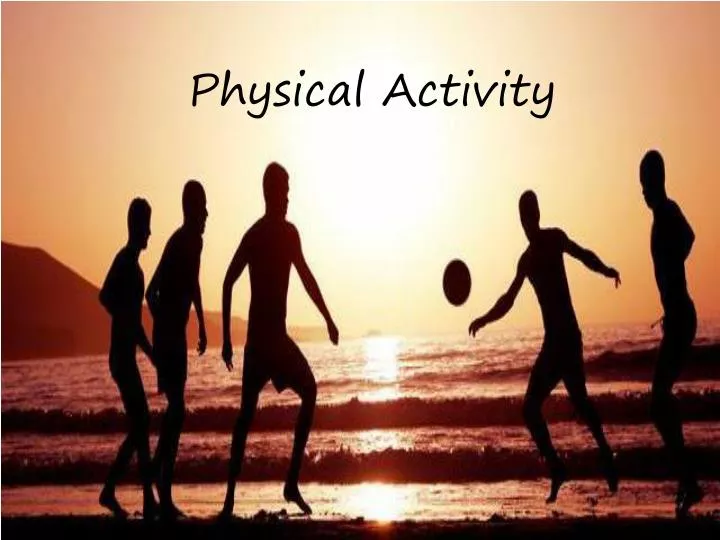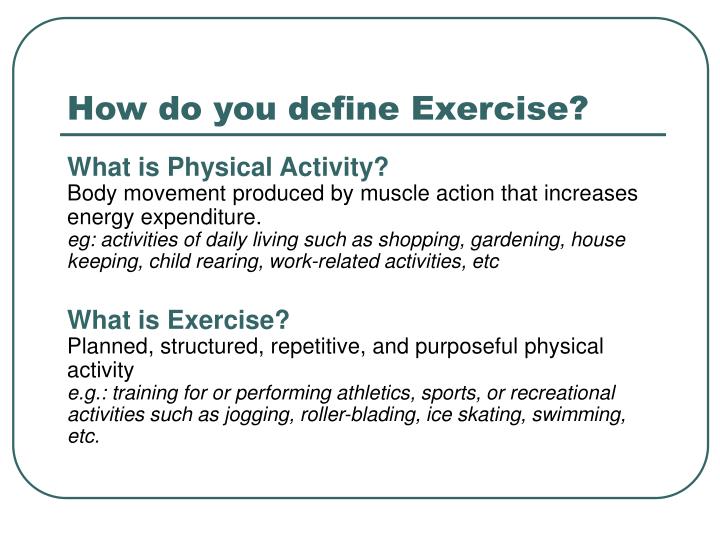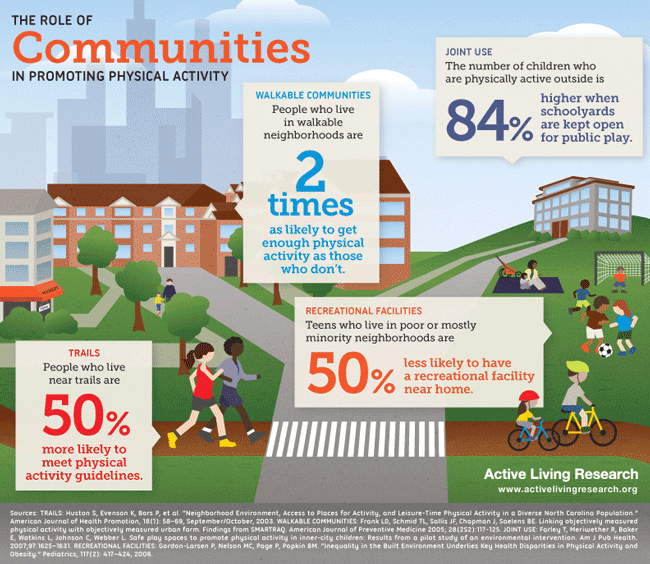

GETP has been a staple resource for professionals since 1975. Thanks in large part to the publication of ACSM's Guidelines for Exercise Testing and Prescription, now in its 11th edition. ACSM provides recommendations and guidelines for physical activity and exercise based on the latest science and insights from health professionals.ĪCSM is known throughout the industry as the "gold standard" when it comes to exercise recommendations. The Commission took stock of progress made in implementing the Tartu Call for a Healthy Lifestyle during the closing months of 2019. As a follow-up to the Tartu Call for a Healthy Lifestyle, the HealthyLifestyle4All initiative is the European Commission’s two-year campaign that aims to link sport and active lifestyles with health, food and other policies.Research shows that regular physical activity offers numerous health benefits including, but not limited to, the regulation of blood pressure, management of anxiety and depression and the prevention of weight gain.

Under the Erasmus+ programme, support for projects, events, and measures to strengthen the evidence-base for policy and for dialogue will continue, with a particular focus on activities to support the further implementation of the EU Physical Activity Guidelines. The Commission will continue to support the Member States in implementing the Council Recommendation on HEPA at national level – and to promote the functioning of the associated monitoring framework.

The future of physical activity and health The Tartu call aims to promote healthy lifestyles in Europe, in particular among children. Events under the initiative take place every year between 23 and 30 September.įurther, in September 2017 the Commission launched the Tartu call for a healthy lifestyle. Launched in 2015, the European Week of Sport (EWoS) coordinates numerous activities to build active engagement in sport. The Commission also hosts initiatives that promote being active. The Directorate-General for Education, Youth, Sport and Culture (DG EAC) has included the promotion of HEPA as one of the priorities of the Erasmus+ programme. Examples of the effectiveness of these policies can be seen with the report on the implementation of the EU Physical Activity Guidelines and a study on physical activity at the workplace. In addition, the Commission supports Member States and civil society by commissioning studies, examples of such studies. Among these developments were the adoption of many new policies and action plans, as well as the strengthening of cross-sector cooperation at national level. The Commission has highlighted positive developments in its report on the implementation of the Council Recommendation on HEPA. Commission activities therefore argue for strengthening cooperation between stakeholders - EU Member States, the World Health Organization, and civil society. That Council Recommendation establishes the collection of information and data on HEPA levels and policies, and are based on the EU Physical Activity Guidelines. In order to encourage the development of effective policies in the Member States, the majority of activities in the field of sport now focus on implementing the Council Recommendation on promoting health-enhancing physical activity (HEPA) across sectors. How the EU promotes physical activity and health While the obligation to of legislating Health-Enhancing Physical Activity (HEPA) lies with Member States, the Commission is able to support, coordinate and complement national actions.

There are also serious social and economic costs related to physical inactivity. Lack of exercise and engagement in sports activities has a serious impact on general health, the rates of preventable diseases, and the number of premature deaths.Īn excessively high level of physical inactivity was reported in the last Eurobarometer on Sport and Physical Activity. Research shows that a large number of people across Europe are not engaging in exercise. Sport activities help tackle weight and obesity issues, and play an important part in preventing or reducing the impact of many other health-related conditions.Īpart from the individual health benefits, there is also evidence of the positive direct and indirect economic effects of participation in sport and physical activity. Regular exercise and engagement in sport is crucial for staying physically and mentally fit.


 0 kommentar(er)
0 kommentar(er)
